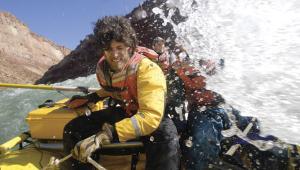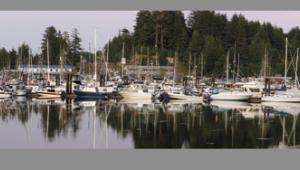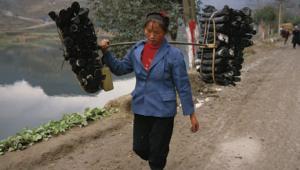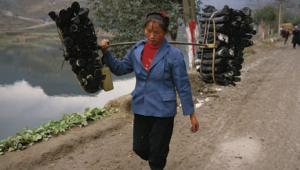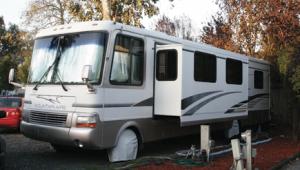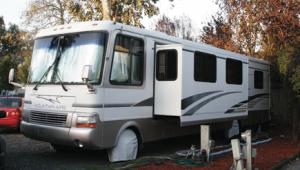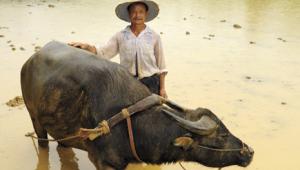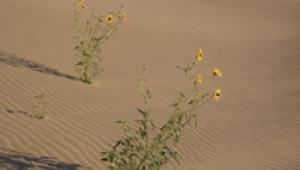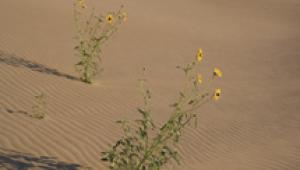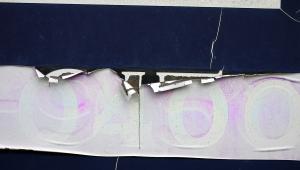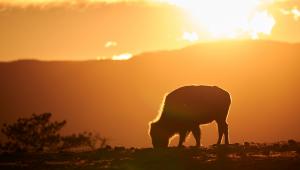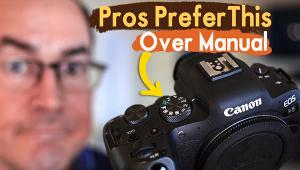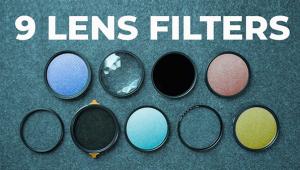Locations; Rust And Swollen Film; Avoiding Destruction In The Rain Forest Page 2
Protecting Film
Film also needs protection. When subjected to humidity, film swells, creating
spots, haze, or worse, jamming the camera to the point where it will not function.
I spent an unpleasant evening in the jungle trying desperately to remove a jammed
roll from the camera. After nearly breaking the rewind mechanism, I carried
the camera far out into the dark forest and turned off my headlamp. There in
the cave-like darkness of the Amazon, I opened the back of the camera, gripped
the swollen film in my sweaty fingers and yanked it from the camera. The camera
survived for the rest of the trip, but despite taking precautions to keep it
in the dark, the film was destroyed. The lesson? Always store film in its canister
and avoid leaving any one roll in the camera for long periods. Unlike our more
durable equipment, even small exposure to moisture will permanently destroy
film, so protect it.
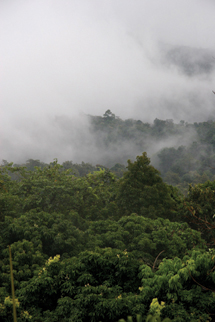 |
 |
 |
|
 |
|
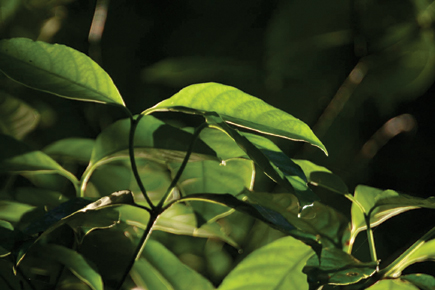 |
|
Condensation Concerns
I spend most of the year in Alaska; when I return indoors after shooting on
a cold winter day, the camera instantly fogs as condensation forms on the cold
equipment. Condensation, like all other moisture, is a hazard to our gear. Though
you will never encounter subzero temperatures in the rain forest, you may have
to deal with air conditioning. If you are staying in an air-conditioned hotel
and step immediately out into tropical heat and humidity the same condensation
effect can occur. Placing your camera and lenses into Zip Loc bags until they
warm to the ambient temperature will solve the problem. Remember to get outside
well in advance of the shooting light to give your cameras time to warm up,
or you may spend more time de-fogging lenses than making images.
Waterlogged Gear
What if the worst happens? Despite your care, a lens gets internally fogged,
or a camera takes a plunge into the river, what then? Don't panic, not
all is lost. A fogged lens may only require a few hours in the sun or a few
days in a desiccant-equipped Pelican case. A drenched camera on the other hand
needs extreme measures.
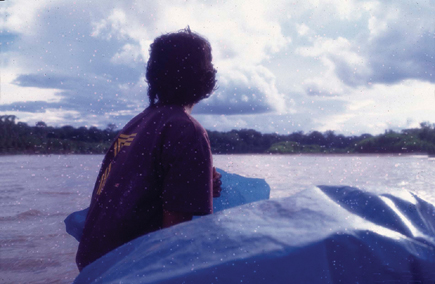 |
Immediately remove any batteries from the equipment, open up all the hatches
and covers and remove lenses from cameras. Find a dry, clean place; a case with
desiccant, or a sunny spot, and let the equipment dry out completely before
replacing the batteries. With a little luck, and a quick response, your equipment
can survive, but should be sent in for cleaning and repair as soon as you get
home. Remember, never, ever, let batteries remain in a soaked piece of equipment,
it is sure to short out all the electronics and wreck the item. Old-fashioned
manual cameras are a great defense against these eventualities; if they get
soaked they will often work just fine after they dry out. And without electronics,
are much less vulnerable to humidity damage. If you are a film shooter, or use
a film camera for a backup, a good old manual SLR is just the thing to carry.
Rain forests across the planet are steadily being cleared to make way for development,
and the unique plants and animals that dwell within are disappearing with the
trees. We, as photographers, have the opportunity to share the wonders of tropical
forests with the public. Through our images, people who will never see a rain
forest themselves can be persuaded to care. This opportunity, beyond the protection
of our equipment, should serve as incentive to bring our images back intact.
David Shaw is a wildlife biologist and free-lance writer/photographer. When
he is not wandering through the rain forests of South and Central America he
lives in Fairbanks, Alaska. Check out his website at: www.wildimagephoto.com.
Contact Info For Products Mentioned
Pelican Products, Inc.
23215 Early Ave.
Torrance, CA 90505
(800) 473-5422 outside CA
(310) 326-4700 within CA
www.pelican.com
W.A. Hammond Drierite Co. Ltd.
PO Box 460
Xenia, OH 45385
(937) 376-2927
www.drierite.com
- Log in or register to post comments


